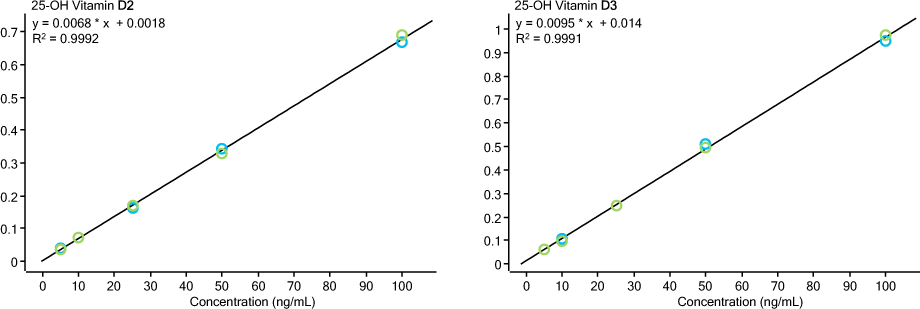Access Agilent eNewsletter, January 2014
>> Update My Profile | Subscribe to Access Agilent | Article Directory
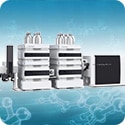
Increasing the throughput of a triple quadrupole mass spectrometer
By Maria VanDamme, Kevin McCann, and Dennis Nagtalon
Agilent LC/MS Solutions
 Enlarge
Enlarge
Figure 1. Standard configuration of Agilent StreamSelect LC/MS system illustrates the use of two parallel LCs to feed the same triple quadrupole mass spectrometer.
 Enlarge
Enlarge
Figure 2. The Agilent StreamSelect LC/MS system maximizes MS usage by running staggered analyses on two parallel LC streams and automatically coordinating MS analyses.
Liquid chromatography triple quadrupole mass spectrometry (LC/MS/MS) is ideally suited for the direct and rapid analysis of prepared biological samples, and is increasingly being used in research laboratories with a need for high throughput. While analysis times can be shortened through appropriate LC method choices (gradient, flow rate, column packing, and so forth), a user is often interested in only a portion of the total data collected by an LC/MS system. Typically, there is time during each chromatographic separation where no compounds of interest are being analyzed by the mass spectrometer, leaving the instrument underutilized or idle for a long period of time. The Agilent StreamSelect LC/MS system minimizes MS idle time and increases productivity.
Parallel HPLC stream configuration for increased throughput
In Agilent’s StreamSelect LC/MS system, components of a single LC stream are duplicated to create a second LC stream, operating in parallel to the first (Figure 1). After loading a single stream LC/MS method and specifying when the analytes of interest elute, the system automatically determines the most efficient method of injecting and analyzing a batch of samples. By staggering injections for the parallel LC streams and switching between them at the appropriate times, the StreamSelect LC/MS system can achieve up to twice the throughput of a single LC/MS instrument (Figure 2). To learn about other supported configurations, such as one enabling online sample cleanup, see Agilent publication 5991-3274EN.
System integration ensures ease of use and robustness
The two LC streams and the MS instrument are controlled by easy-to-use, integrated MassHunter StreamSelect Software. Application-specific settings are saved into a profile, which allows users to quickly start the instrument and submit sample batches using a simple three-click process. The software monitors the status of each component in the system, ensuring that the next sample is injected only when the system is ready. This monitoring provides robust and reliable sample handling and eliminates the possibility of mislabeling data files. A key feature of the software is the ability to automatically divert all samples to the available LC system in the event that one LC becomes unavailable (due to low solvent, a leak, excessive pressure, and so forth). This feature ensures continued productivity without losing any samples.
 Enlarge
Enlarge
Figure 3. Combined calibration curves for 25-OH vitamin D2 and D3 across both LC systems; Stream 1 (green) and Stream 2 (blue).
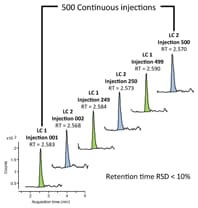 Enlarge
Enlarge
Figure 4. Retention time reproducibility of 25-OH vitamin D3 over 500 injections across both LC systems; Stream 1 (green) and Stream 2 (blue).
Excellent analytical reproducibility between both LC streams
When using a multi-LC stream system, it is critical that each LC stream produces consistent results. An existing LC/MS analytical method for the analysis of 25-OH vitamin D2 and D3 (5991-2035EN) was implemented using the Agilent StreamSelect LC/MS system to demonstrate the excellent reproducibility of quantitation between two LC streams. In addition to doubling the throughput of the method, the two parallel LC streams displayed excellent agreement when comparing quantitative results (Figure 3) with an R2 > 0.999 for both analytes. Deviations in the chromatographic retention time between the two streams were also minimal – less than 10% RSD (Figure 4). See Agilent publication 5991-2900EN for more details on the StreamSelect implementation of this method. The use of the Agilent StreamSelect LC/MS system provides equivalent sensitivity, linearity, and reproducibility compared to a single-LC/MS method, while increasing analytical productivity.
Agilent StreamSelect LC/MS system meets the productivity demands of high throughput labs
This system gives you the capacity of two LC/MS systems by utilizing a single MS more efficiently:
- Parallel HPLC streams running in staggered fashion enabling up to twice the throughput of a traditional LC/MS system
- Excellent quantitative performance with proven Agilent instrumentation
- Seamless implementation – existing single-stream LC/MS methods can be used without modifications
- Full system integration with intuitive MassHunter StreamSelect Software for robust operation
- Lower cost of ownership through efficient system utilization
Explore Agilent’s MS solutions
The Agilent StreamSelect LC/MS system is one of many Agilent systems that help you meet your diverse analytical needs. The Agilent LC/MS portfolio provides unparalleled capability for confident analysis of a wide variety of analytes, in diverse application areas such as pharmaceutical, food safety, environmental, forensic, metabolomic, proteomic analysis, and clinical research. Start exploring today!
For Research Use Only. Not for use in diagnostic procedures.
>> Update My Profile | Subscribe to Access Agilent | Article Directory
Figure 1.
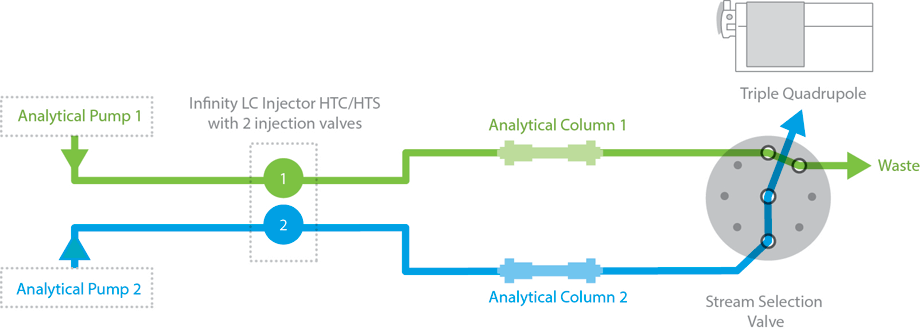
Standard configuration of Agilent StreamSelect LC/MS system illustrates the use of two parallel LCs to feed the same triple quadrupole mass spectrometer.
Figure 2.
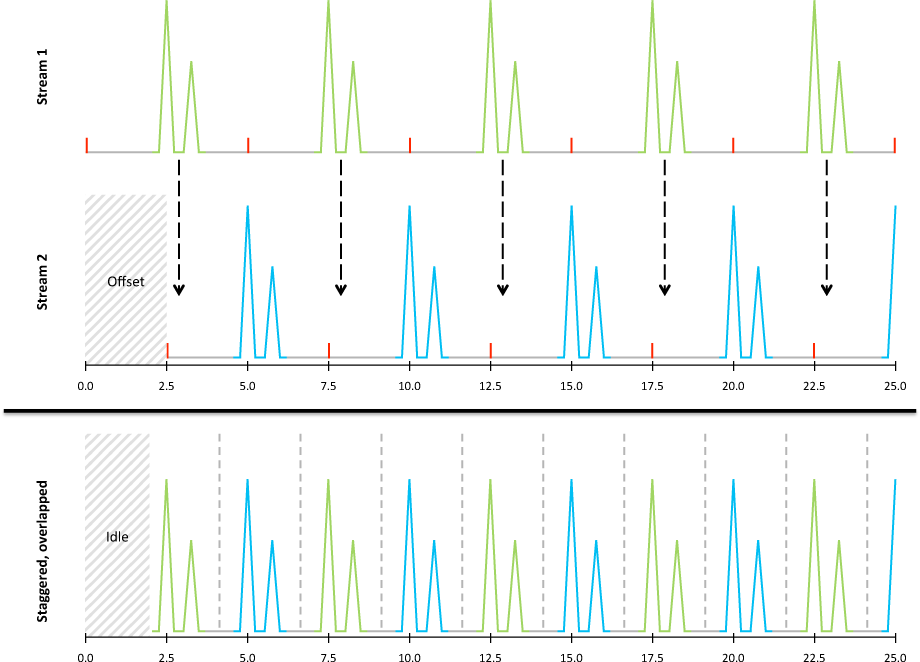
The Agilent StreamSelect LC/MS system maximizes MS usage by running staggered analyses on two parallel LC streams and automatically coordinating MS analyses.
